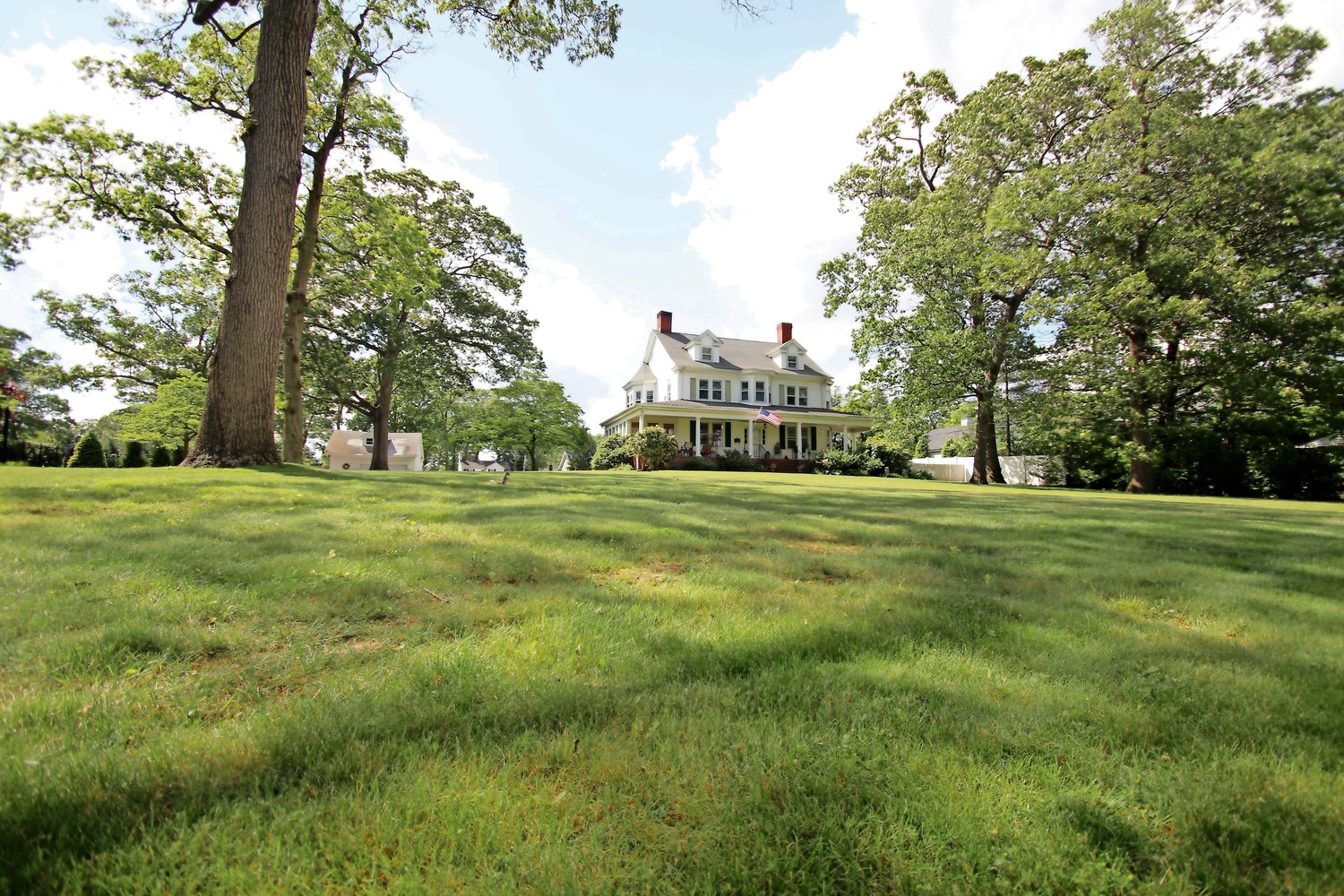Rockville Centre Planning Board: Hempstead Avenue subdivision decision will be based on law, not emotions
Board requires more information from applicant before a vote
One week after a charged meeting during which Rockville Centre residents spoke out against a proposed subdivision at 220 Hempstead Ave., the village Planning Board met again and outlined next steps for the potential developer in order to move the application process forward.
The meeting on July 17 was the second hearing regarding the plan by property owners Jim and Brett O’Reilly to demolish the site’s 19th century home — formerly St. Mark’s United Methodist Church’s parsonage — and subdivide the property to fit six single-family homes.
Steven Leventhal, a Roslyn lawyer serving as counsel to the board for this case, explained that in order to comply with the State Environmental Quality Review Act, or SEQRA, the village must address a number of environmental impacts of the development before reaching a decision.
Upon Leventhal’s request, the board voted to require the applicant to prepare and submit an expanded environmental assessment form, which covers a more comprehensive review of a range of potential impacts the subdivision may have.
“The reasons must be based upon professional standards and may not be based upon generalized community opposition to a particular project,” Leventhal reminded those in attendance regarding the Planning Board’s future decision on the case.
The village’s Board of Appeals has heard various subdivision plans for the property over the last two years as public opposition has stayed consistent. It landed in front of the Planning Board for the first time earlier this month.
About a dozen residents had spoken in opposition at a meeting on July 10, citing the property’s “historic” home, the additional traffic and congestion likely to be caused by the development, loss of property values and diminishing green space in the village.
The Mayor’s Task Force on Historic Preservation was formed partly in response to the subdivision plan to save the home. According to documents obtained by the Herald, the house at 220 Hempstead Avenue is eligible for listing on the State and National Registers of Historic Places.
“I think [the board] would like to see some reasoning to why the old parsonage can’t be preserved and incorporated into the subdivision,” said Robert Grover, who is acting as a village consultant, adding that perhaps the house could be moved.
Christian Browne, who is representing the O’Reillys, told the Herald last year that the owners had spent about $150,000 maintaining parts of the house and that salvaging it would not be cost-effective. He had not responded to the Herald’s request for comment at press time Tuesday.
Long-time residents of the area, like Marjorie Stein, once again criticized the O’Reillys for seeking to change the layout of the property.
“The board has to make its decision based upon expert analysis and not emotional issues,” Leventhal told Stein. He urged the board to ignore the negative characterizations residents gave of Jim O’Reilly, including that he is “greedy,” as well as ignore the two petitions with more than 600 signatures that residents submitted.
“While the board understands that there are people in the village that feel very strongly about this and are welcome to express themselves,” he said, “…the board must act in a way that the law requires them to do.”
Hearings will resume in the coming months after the O’Reillys submit the expanded environmental assessment form.

 58.0°,
Fog/Mist
58.0°,
Fog/Mist 




